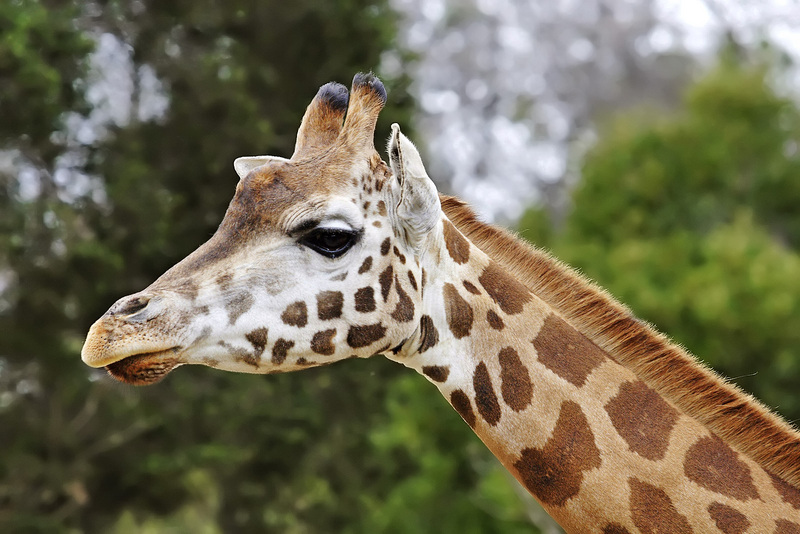|
| 질의: Small white | 결과: 1039번째/2237 | |
Rothschild Giraffe (Giraffa camelopardalis rothschildi) - Wiki
| 제목: | Rothschild Giraffe (Giraffa camelopardalis rothschildi) - Wiki
| |

| 해상도: 1600x1067
파일크기: 583799 Bytes
등록시간: 2007:12:24 13:16:52
|
Rothschild giraffe
From Wikipedia, the free encyclopedia
Order: Artiodactyla
Family: Giraffidae
[Photo] Rothschild giraffe (Giraffa camelopardalis rothschildi), Melbourne Zoo. Photo by http://en.wikipedia.org/wiki/User:Fir0002 | Permission is granted to copy, distribute and/or modify this document under the terms of the GNU Free Documentation License, Version 1.2 or any later version published by the Free Software Foundation; with no Invariant Sections, no Front-Cover Texts, and no Back-Cover Texts. A copy of the license is included in the section entitled "GNU Free Documentation License". |
The Rothschild Giraffe, named after Tring Zoological Museum's founder, Lord Walter Rothschild, also known as the Baringo Giraffe, after the Lake Baringo area of Kenya, or as the Ugandan Giraffe, is the most endangered of giraffe subspecies, with around forty believed to exist in the wild. While giraffes in general are classified as Lower Risk: Conservation Dependent, the Rothschild Giraffe is at particular risk of hybridisation, as the population is so limited in numbers. There are very few locations where the Rothschild Giraffe can be seen in the wild, with notable spots being Lake Nakuru National Park in Kenya and Murchison Falls National Park in Northern Uganda. There are various captive breeding programmes in place - most notably at The Giraffe Centre in Nairobi, Kenya, and at Woburn Safari Park in Bedfordshire, England - which aim to expand the genetic gene-pool in the wild population of the Rothschild Giraffe.
Rothschild Giraffes are easily distinguishable from other subspecies. The most obvious visible sign is in the colouring of the coat, or pelt. Where the Reticulated Giraffe has very clearly defined dark patches with bright whitish channels between them, the Rothschild Giraffe more closely resembles the Masai Giraffe. However, when compared to the Masai Giraffe, the Rothschild subspecies is paler, the orange-brown patches are less jagged and sharp in shape and the connective channel is of a creamier hue compared to that oft sported by the Reticulated Giraffe. In addition, the Rothschild Giraffe displays no markings on the lower leg, giving the impression that it is wearing white stockings.
Another distinguishing feature of the Rothschild Giraffe, although harder to spot, is the number of horns on the head. This is the only subspecies to be born with five 'horns'. Two of these are 'true' horns at the top of the head, in common with all giraffes. The third 'horn' can often be seen in the centre of the giraffe's forehead and the other two behind each ear. They are also taller than many other subspecies, measuring up to six metres tall (20 ft).
Rothschild Giraffes mate at any time of the year and have a gestation period of 14 to 16 months, with one calf generally being born. They live in small herds, with males and females (and their calves) living separately, only mixing for mating.
Males are larger than females and their two 'true' horns are usually bald from sparring. They also tend to be darker in colour than the females, although this is not a guaranteed sexing indicator.
http://en.wikipedia.org/wiki/Rothschild_giraffe
| The text in this page is based on the copyrighted Wikipedia article shown in above URL. It is used under the GNU Free Documentation License. You may redistribute it, verbatim or modified, providing that you comply with the terms of the GFDL. |
|
^o^
동물그림창고 똑똑전화 누리집
^o^
|
|